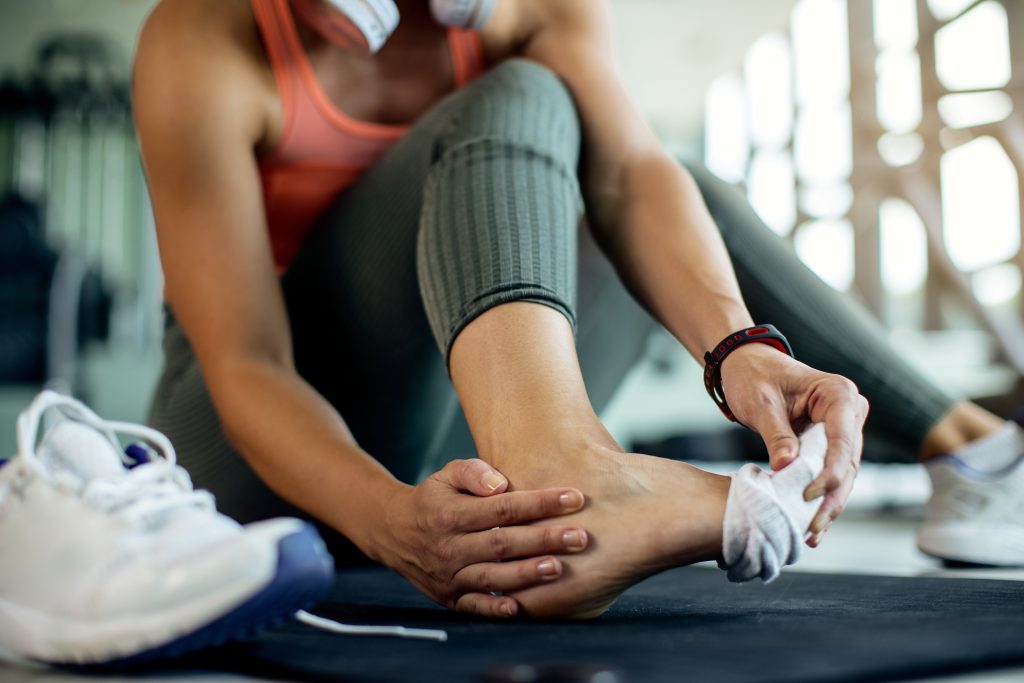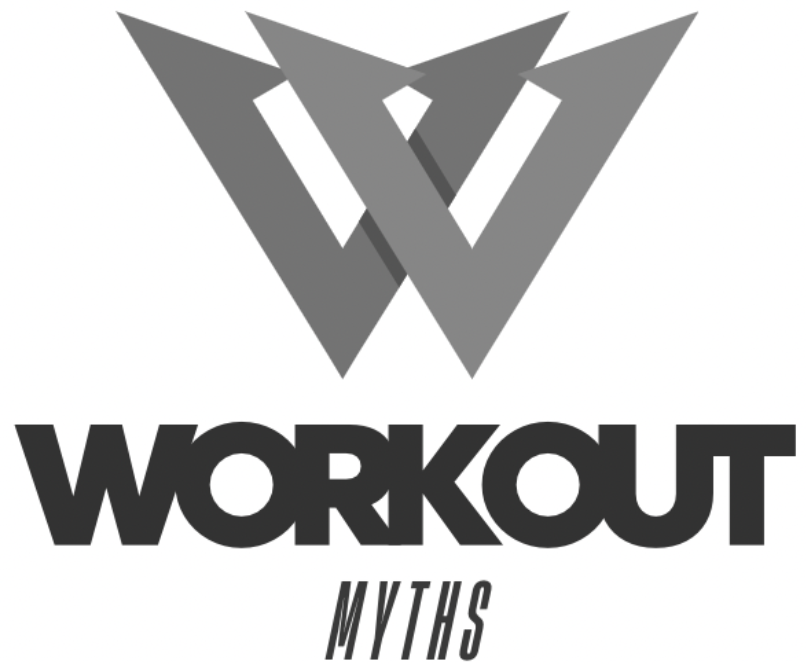“No Pain, No Gain”

You have probably heard about the old “no pain, no gain” mantra. For years, this phrase has been tossed around like a badge of honor, convincing people that they need to push themselves beyond the brink of agony to see any results.
If you believe this mantra, well, that is only natural.
The fitness industry is filled with people more interested in selling products or programs than your well-being. As a result, they often bend the truth to make a sale or create online engagement. Celebrities, athletes, PTs, and influencers frequently exaggerate the intensity and duration of their workouts, giving the public a skewed view of what’s actually needed to achieve their desired results.
The truth is that the idea behind ‘pain equals progress’ is more myth than muscle science. Sure, training hard is important—you do need to push beyond your comfort zone—but what’s more important is training consistently and making steady progress over time.
The Reality of Muscle Growth
Muscle growth—also known as hypertrophy—doesn’t depend on how much pain you feel during or after a workout. Muscle growth simply comes down to the right amount of stimulus, recovery, and consistency. Emphasis on consistency. One hard workout won’t make an impact on its own. Most people create overly ambitious goals and routines they can’t sustain, causing them to burn out quicker than a candle in a hurricane. That is just counterproductive. It’s the commitment to showing up regularly and progressing gradually that truly matters, at least if you are in it for the long run.
When you lift weights, you create tiny tears in your muscle fibers. Your body repairs these micro-tears during rest, making the muscle fibers stronger and bigger. This process doesn’t require you to hobble around in agony the next day—it just requires the right challenge and stimuli to your muscles. Think of it like watering a plant: too much water drowns it, too little leaves it wilting, but with just the right amount, it flourishes. Your muscles work the same way. So, while a bit of muscle soreness (called DOMS, or Delayed Onset Muscle Soreness) is normal—especially when trying a new exercise or increasing the intensity—it’s not a prerequisite for muscle growth.
What Does Science Have To Say About The Matter?
You might be wondering: “So, should I just avoid pushing for the burn?” The answer isn’t so cut and dry. In fitness, the answer is always: It depends. Are you focused on building muscle or simply increasing the amount you can lift?
Lifting more weight comes down to teaching your muscle fibers to fire together, which doesn’t necessarily mean growing bigger muscles. For pure strength gains, you should be performing fewer repetitions per set—five or fewer—because you’re lifting heavier weights. At this rep range, the key is not pain but reaching your target number of reps. Pain doesn’t really come into that. So where does pain enter the picture?
In 2015, a study compared the effects of high-intensity, low-volume resistance training (INT) and moderate-intensity, high-volume training (VOL) on strength, muscle growth, and hormonal responses in resistance-trained men over 8 weeks. It aimed to determine which training approach was more effective for increasing upper body strength and muscle mass.
Their findings were that high-intensity, low-volume training (INT) was more effective for increasing upper body strength and lean arm mass compared to moderate-intensity, high-volume training (VOL). This finding aligns with previous research suggesting that high-intensity training is superior for gaining strength while achieving similar muscle hypertrophy. Despite the superior strength gains in INT, VOL showed greater muscle hypertrophy in certain measures. This indicates that high-intensity training might be more effective for strength gains, but high-volume training may provide a more substantial stimulus for muscle growth in trained individuals.
In practice, this means you can ditch the “no pain, no gain” mentality if you’re purely after strength. But for muscle size, you’ll likely need to embrace more reps—and with that, the inevitable pain. However, this study was conducted on 33 already physically active, resistance-trained men. But what about beginners?
Beginners Vs. Intermediates
If you’re new to weightlifting, you’ve probably heard the term “newbie gains.” This refers to the rapid increase in muscle mass and strength that beginners often experience when they first start lifting weights, and there’s a lot of truth to it.
The reason behind these early gains has to do with how muscle cells respond in the beginning stages of training. When you first start lifting weights, your muscle cells are relatively undeveloped and not used to the stress of exercise. As a result, they don’t need as much intense anabolic stress (the process of building muscle) and mechanical tension (the force applied to the muscles) to grow and get stronger.
For beginners, this means you don’t need to push yourself through extreme pain to see progress. The body is highly responsive to even moderate levels of exercise at this stage. Instead of chasing the “no pain, no gain” mantra and pushing yourself to the edge, you’ll achieve better results by focusing on proper technique, gradually increasing your workout intensity, and allowing recovery time.
For intermediates, the situation changes. As your muscles adapt, you’ll need to increase the volume, vary your exercises, and apply higher mechanical tension to continue making gains as your muscles require more stimuli to keep progressing at this stage.
Conclusion
When it comes to fitness, there are many different schools of thought. There are also many different personal approaches. You have some who push themselves like they are fresh recruits going through BUD/S trying to become Navy SEALs. On the other side of the spectrum, there are the laid-back gym-goers who prefer scrolling through Instagram over actually breaking a sweat. When comparing these two groups you will see more efficient muscle growth in the group that pushes themselves beyond reason.
But very few people spend all their gym hours on their phones. Likewise, very few people don’t push themselves anywhere remotely close to their limits.
Before you get defensive, you need to realize that hitting the gym consistently and breaking a sweat doesn’t automatically mean you’re pushing yourself to your limits. But you also have to realize that pushing yourself to the brink isn’t as crucial as some influencers might have you believe.
The conclusion is that you should not judge the effectiveness of your workouts based on how hard it was, how exhausted you were, or how sore you were after, but on the consistency you do it—at least if you are a beginner. If you are a more intermediate lifter and feel like you stagnate, then ‘no pain, no gain’ becomes more of a reality for pushing past plateaus. For beginners though, it’s more of a myth.

No responses yet